
Literary Outlaw
THE LIFE AND TIMES OF WILLIAM S. BURROUGHS
TED
MORGAN
W. W. NORTON & COMPANY  NEW YORK
NEW YORK  LONDON
LONDON
CONTENTS
NOTE ON METHOD
IN THE COURSE OF this book, the author uses techniques such as inner monologues and stream of consciousness. The reader may well ask how the author got inside his subjects head. The answer is that the author interviewed the subject exhaustively, over a period of four years, for more than 100 hours, and that the subject has an unusually retentive memory. He remembers, for instance, entire passages of Shakespeare which he learned in Mr. Kittredges course at Harvard, and he also remembers his state of mind at a given moment in the past. In this way, the author is able to reconstruct what the subject was thinking, in the sometimes rambling and associative style that reproduces the process of thought. The subject has been given the opportunity to go over such passages to check their accuracy. In other instances, when the author quotes from the subjects work without identifying it, those passages are rendered in italics. Finally, when a name has been changed to protect someones identity, the reader will be notified when the character is introduced.
Preface
WHEN WILLIAM BURROUGHS ASKED me to write his biography in 1985, he mentioned the rumor that Truman Capote had failed to intervene when his two convicted killers were hanged, so that he could bring out In Cold Blood with a death scene. He hated to think that I would hope for his death so that my book could be published. I promised that there would be no morbid waiting by his sickbed. The book was published in 1988. He died in 1997, nine years after its publication. Now, nally, I am completing a life that I left unnished.
The story behind this book begins in 1968, when I was in Paris covering the student-worker uprising for the New York Times Magazine . I also had a contract with Putnam to write a book on the French. Perhaps because I live too much in the moment, Ive rarely had ideas for books. It was my friend Luigi Barzini who told me, Im an Americanized Italian who wrote about the Italians, and youre an Americanized Frenchman, why dont you write about the French?
Toward the end of 1968 I had nished my research, and I was looking for a cheap place to write the book. My friend Michael Wolfert, who was on leave from his high-powered job at UNESCO, had gone to Tangier to write a novel, and told me: Theres no cheaper place than Tangier. You can rent a house for one hundred dollars a month and nd servants for twenty dollars a week. I can get you a scholarship for Gabriel at the American School, where I used to teach. Plus theres a kif-fueled Anglo-American writers colony.
So I took my pregnant wife and six-year-old son to Tangier, intending to stay a year. I found a house near the tennis club on a jacaranda-lined street and I hired a nurse when our daughter Amber was born in April, and also a maid. We ended up staying four years.
One reason was the laissez-faire attitude of the Moroccan government toward the expat community. No forms to ll out, no taxes to pay, no visas to renew. The atmosphere of a once-independent Tangier had survived the monarchy we were now under. I took it as a sign of noninterference that there was not a single trafc light in downtown Tangier. Another sign was that in four years I never encountered a government ofcial, except when leaving or arriving through customs. Oh, and except for the trafc cop on the main boulevard overlooking the Mediterranean, who stopped my VW with Gibraltar plates once a year to ask me to buy two tickets for the police department lottery. Having always been an agnostic where God and government are concerned, I felt a great sense of personal freedom under the king in Rabat.
But the primary reason I stayed in Tangier was the chance to meet writers I would not have met otherwise, writers who quickly became friends, like Paul Bowles and Brion Gysin.
Paul was in some ways penny-pinching and in other ways extravagant. He didnt have a phone, but he kept a car and chauffeur. To supplement his income from royalties, he caught scorpions, which he sold at the local Institut Pasteur for their venom. He took me on one of his hunts, and we drove to a grove of palmetto trees a few miles outside Tangier. I carried the canister and he carried a thin branch and explained as he went: Scorpions build holes in the roots of palmetto trees. Ill wet the end of this rod with saliva and stick it in a hole, as he did so. You can tell when the scorpion takes hold and you pull the rod out quickly, pulling it out with a scorpion at the end. Now, with these nail clippers, I snip the tiny barbed stinger of the furled tail, again suiting deeds to words. We spent an hour catching scorpions. He caught about twenty, and asked me not to disclose the location of the grove. He didnt want any competition.
Born in 1916 to a Swiss father and a Canadian mother, Brion Gysin gravitated to Paris when he was eighteen, in 1934. Like other rebellious young men, he felt a kinship with the Surrealist movement. He found ways to meet Max Ernst and Henri Michaux, and showed them his pen-and-ink drawings, disassembled gures in empty landscapes, to which he gave appropriately Surrealist titles, such as Sex Secret of a Locomotive . In December 1935, Brion was asked to contribute some drawings to a group show of Surrealists at the Galerie Aux Quatre Chemins. Among the others in the show were Ren Magritte, Salvador Dal, and Pablo Picasso.
To amuse himself, Brion had made a street poster intended to celebrate the execution of King Louis XVI, showing a huge calfs head with a periwig, sitting on a bench. The head bore a marked resemblance to the irascible leader of the Surrealist movement, Andr Breton. Since tte de veau is French slang for fool, Breton was not amused. When Brion came to the gallery for the opening, he found the Surrealist writer Paul Eluard removing his drawings from the wall.
Banished at the age of nineteen, Brion donned the mantle of outcast. All his life he remained suspicious of galleries, and of those who professed to admire his art. As he wrote Paul Bowles from Paris in 1960, he had produced dozens of paintings, but I cant say I have been deluged with offers from picture dealers, and I have been too busy to kiss their asses.
He did, however, take from the Surrealists a liking for the game called Exquisite Corpse, in which a sheet of paper is folded in four, and four artists draw on one fold each without seeing what the others have done. The resulting gure was the Exquisite Corpse, which depended on chance and multiple authorship. Several are on view at New Yorks Museum of Modern Art.
Brion rst came to Tangier in 1950, after a decade in New York interrupted by service in the Canadian army, during which he was posted to the Japanese Language School in Vancouver in 1944 and studied Japanese script. In Tangier, he made calligraphic paintings, of which I own three, and also ran a restaurant called The Thousand and One Nights, complete with dancing waiters who balanced trays on their heads. Burroughs was also in Tangier then, writing Naked Lunch , but he was put off by Brions dancing boys. With their ferret faces and narrow shoulders and bad teeth, he said, they resembled a bowling team from Newark.
As Burroughs wrote in the foreword to the 1962 American edition of Naked Lunch : In Tangier, I lived in one room in the Native quarter. I had not taken a bath in a year nor changed my clothes or removed them except to stick a needle every hour in the brous grey woolen esh of terminal addiction. I never cleaned or dusted my room. Empty ampule boxes and garbage piled to the ceiling.... I could look at the end of my shoe for eight hours.
Next page

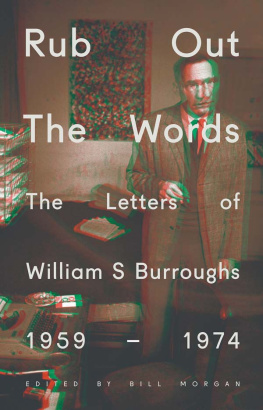

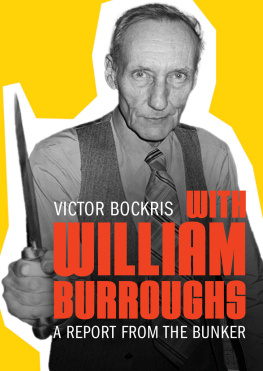
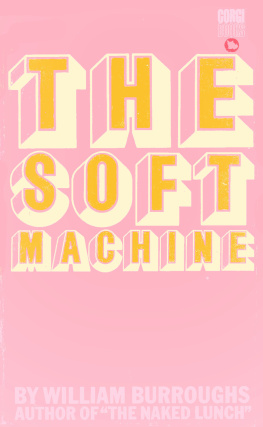
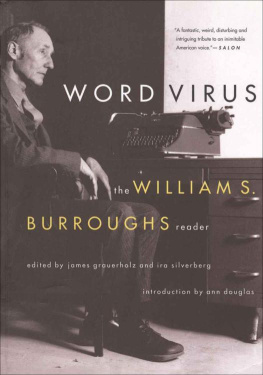
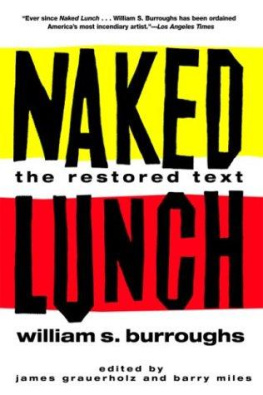

 NEW YORK
NEW YORK